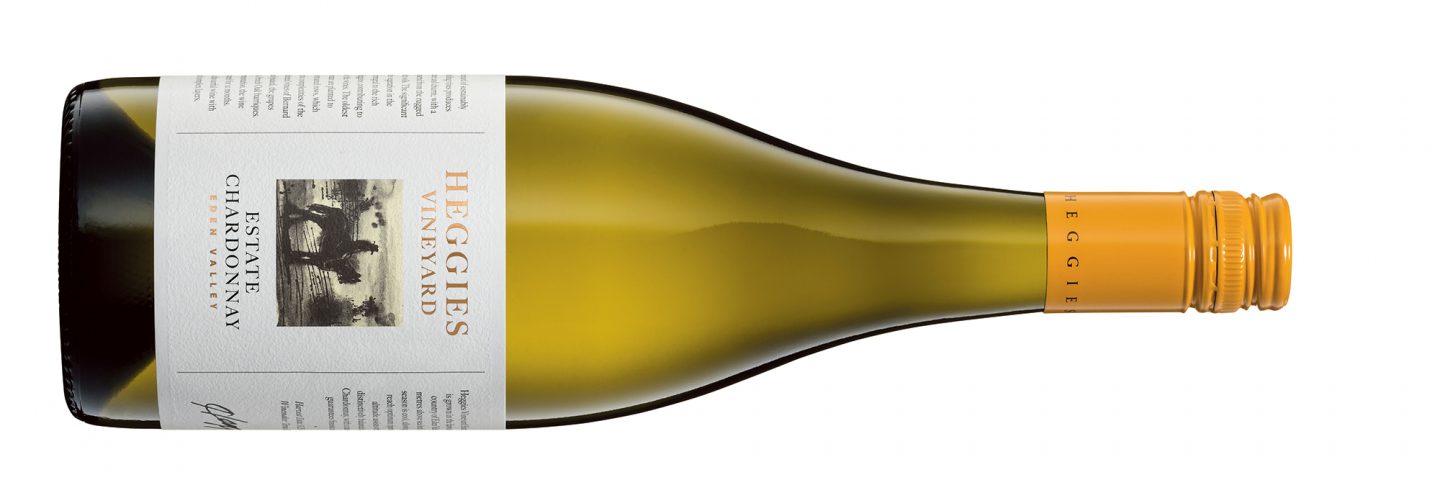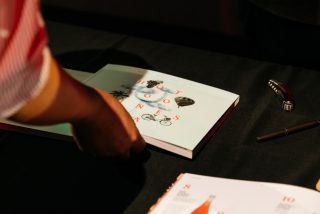Hot 100 Wines:
Heggies earns a halo without malo

Heggies Vineyard, located on the slopes of the northern end of Eden Valley, is considered a single vineyard, albeit a biggish one.
The property was bought in 1971 by Wyndham Hill- Smith, who was prowling for suitable high-altitude sites following his successful 1960s resurrection of the historic Pewsey Vale vineyard. Hill-Smith, who ran Yalumba in the decades after his brother Sidney’s death in a 1938 plane crash, was intent on extending the white winemaking resources for the family company. Over a few glasses, he persuaded old school- friend and grazier Colin Heggie to sell him the block. An even bigger site, Hill-Smith Vineyard, was bought nearby soon after.
The benefits to white wine quality from growing vines at higher, cooler altitudes were evident to shrewd Barossa winemakers as far back as the 19th century. Riesling vineyards in the “Barossa hills” around the towns of Springton and Eden Valley proclaimed their excellence long before Cyril Henschke began making his famous whites at Keyneton in the 1950s. Then, in the 1970s, David Wynn, looking to pioneer chardonnay in South Australia, plumped for a site high on Eden Valley’s eastern rise, close to the Barossa divide.
Although wineries remain scarce and cellar doors scarcer, Eden Valley now exists very much in its own right and has a Geographical Indication as a region to prove it. And if riesling still remains the most prestigious grape in the region, then chardonnay is breathing down its neck. Since its first vintages at Heggies in the mid 1980s, chardonnay has now become the dominant variety of the 40-hectare plantings.
The current Heggies and Hill Smith Vineyard winemaker is Teresa Heuzenroeder, whose Barossa Deutsch settler surname comes courtesy of her husband, although she does boast German and Polish ancestry of her own. She initially came to work for the Hill Smiths in the 1990s as a microbiologist, but was quickly seduced by the alchemy of winemaking. She completed an oenology degree through Charles Sturt University before working her first vintages in the Riverland. For much of the past 20 years she has been working with chardonnay across various regions. She was appointed to Heggies in time for the 2017 vintage. “It’s a role I’m very pleased about and a big responsibility,” Heuzenroeder says.
As a veteran observer of chardonnay’s style lurches, which in 30 years have veered from lashings of buttery texture and charred oak to totally unadorned and back again, she is happy with the recent shift towards a modern, leaner style that still pursues complexity.
“Chardonnay has come a long way in the last 10 years; it’s changed massively, in a good way. At the moment it’s sitting in a nice spot for consumers across the board,” she says.
With the mature vines and high-quality fruit she has at hand, Heuzenroeder says it is incumbent on her to show off the terroir not only of the Adelaide Hills and Eden Valley, but of the vineyard. Fruit for the wine that claimed third place in the Hot 100, the Heggies Vineyard 2017 Estate Chardonnay, was chosen from various blocks and multiple clones across the vineyard’s length and breadth. “It’s our mainstay and we kind of see it as representative of the vineyard,” she says.
Cooler conditions conferred by the vineyard’s 550-metre altitude act in tandem with the stony, quartz-heavy soil to produce slow ripening, low-yielding fruit. “We have a long ripening period that gives us good acid retention and concentration of fruit flavour,” she says.
Heuzenroeder says it is worth remembering that chardonnay is still a comparatively young grape in Australia. Given that it is a grape robust and versatile enough to grow almost anywhere, she says it is natural that it has taken a little time to find places where it will give of its best.
Major winemaking lessons have also had to be learned, such as tempering too- often dominant oak structure in the wine. And, at Heggies, the distinctively buttery characters that come from malolactic fermentation are avoided altogether. “We really want to retain that freshness and acid drive in the structure of the wine, and we don’t think that malo helps us achieve that,” Heuzenroeder says. On the other hand, wild yeasts are definitely in: “It adds another layer of complexity.”
The 2017 was the result of a cool vintage, and was initially slower to develop and a little “tight” in the bottle, its maker says. Its entry into the Hot 100 was timely: “It was just starting to get to that mid-palate depth and that approachability and drinkability – what I call their sweet spot. I think it’s drinking really well right now.”
Me too.
